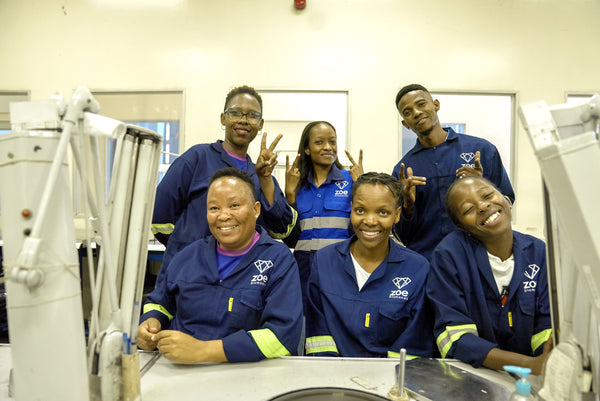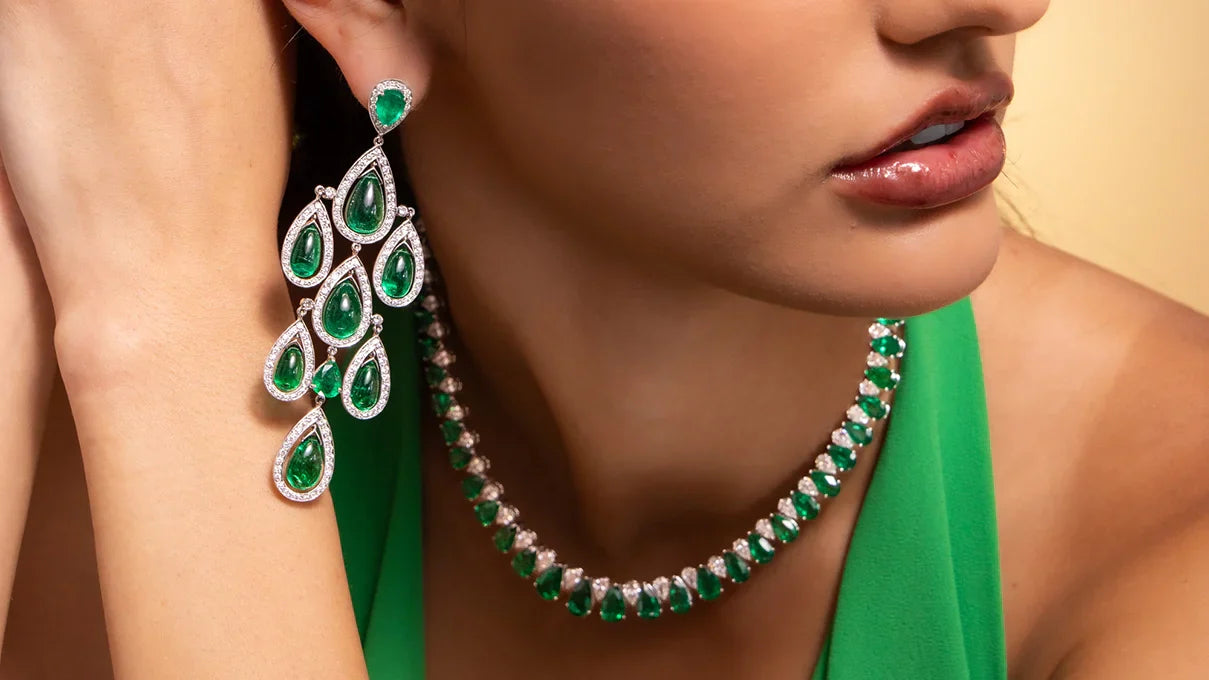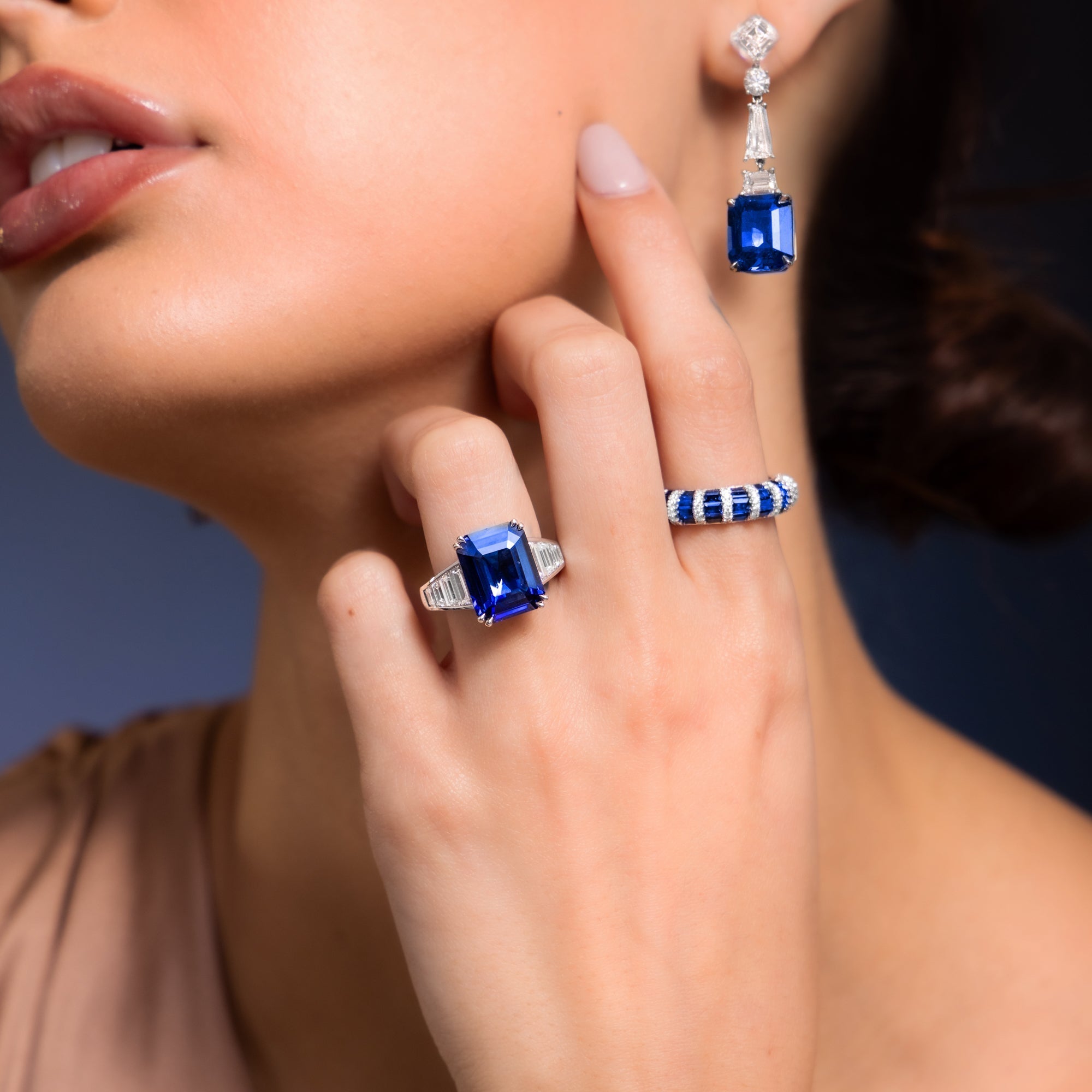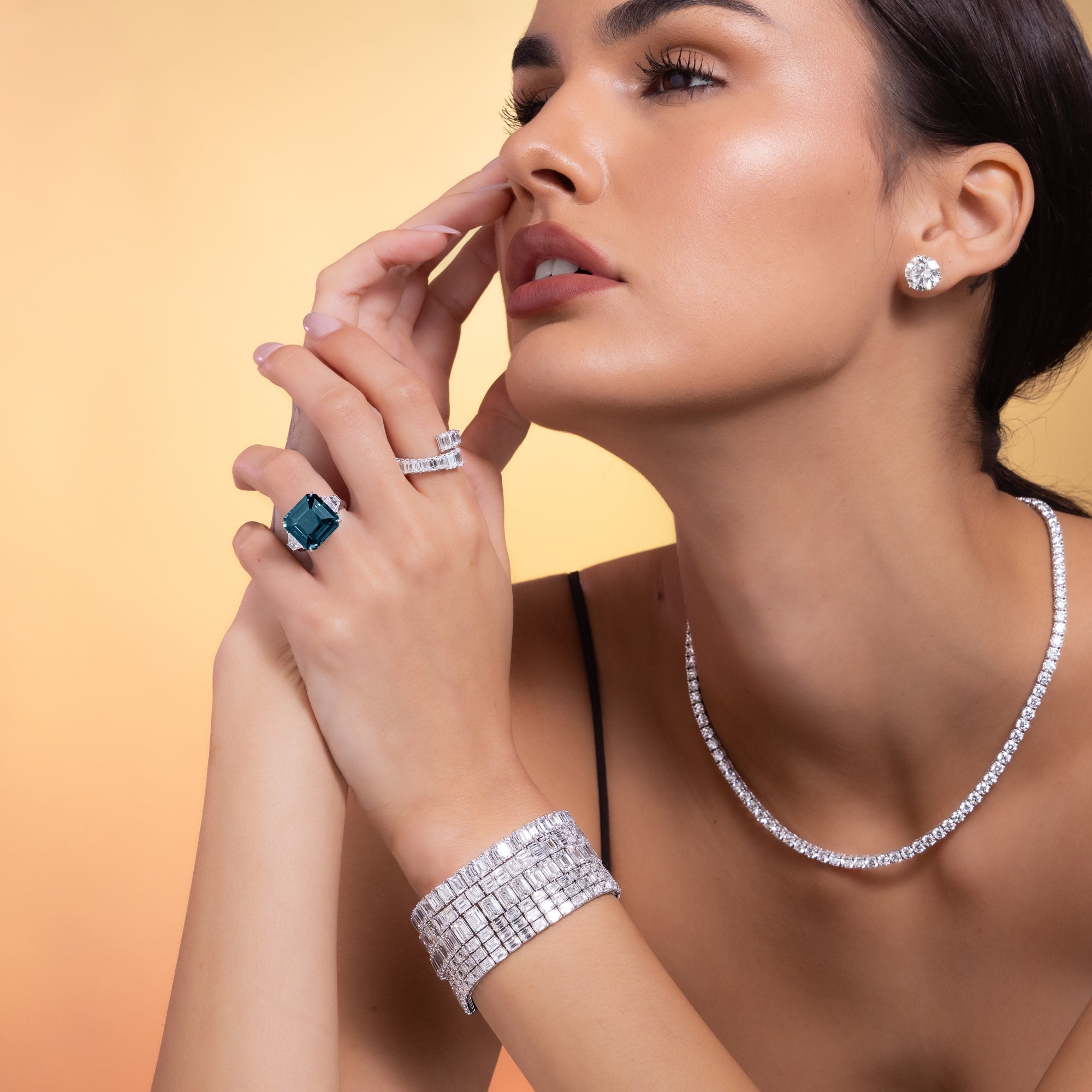The Beginning: A New Era of Transparency
Our journey into blockchain-traceable diamonds began in late 2024. At first, it felt like a wild goose chase — no phone number, no roadmap, just an email inquiry form floating somewhere in cyberspace. Tracr — the De Beers–built blockchain platform designed to record a diamond’s journey from mine to market — sounded like the key to real transparency. But finding our way in was another story.
We were a little early to the dance. The technology was real, but access was limited, documentation was scarce, and most people in the trade hadn’t even seen what a “Tracr-verified” diamond looked like. Still, we kept digging — determined to understand how this could change everything.
We were bouncing all over the place trying to figure out who had goods listed on the platform, whether we could find those same stones on RapNet, and what this all even looked like in practice. It was rough — I won’t sugarcoat it. But the deeper we went, the clearer the promise became: a way to tell a diamond’s full story, verified from mine to market.
A Vision Called Beneficiation
I’d been fascinated by beneficiation since the early 2000s — the idea that the people closest to the source should benefit most — but I’d always wondered: how could you ever prove it? Nearly every diamond my buyer and I found carried DTC origin — meaning it came from Botswana, Namibia, South Africa, or Canada. But they weren’t tied to a single origin. Until the technology existed to do that, the DTC origin didn’t feel strong enough to tell the story I wanted to tell — that this diamond came from Botswana and helped build schools, hospitals, and critical infrastructure.
I loved that vision, but part of me still worried: would clients hear “Africa” and assume “conflict”? Then my fears kind of came true.
When Skepticism Hit Home
I was explaining all this — and my excitement — to Lisa, our newly hired Art Director: young, sharp, and immensely talented. When I said I believed natural diamonds might actually be more ethical than lab-grown, she looked at me and said: “I wouldn’t want a natural diamond — and neither would my friends.” That stopped me cold.
But to Lisa’s credit, she kept an open mind. She started asking the tough questions — about audits, labor standards, and sustainability. I connected her directly with our main supplier already on the blockchain. She asked everything we all should be asking. The answers weren’t always easy to find, but the transparency we uncovered proved something vital: our industry can and must do a better job defending itself — and blockchain gives us the tools to do it.
Searching for the Truth
That conversation with Lisa pushed me deeper. I joined Reddit forums, read everything I could, and spoke directly with people on the ground in Botswana — bankers, educators, government workers, and miners. I asked how they felt about the diamond industry. I wanted to know for sure — before staking my reputation on these diamonds — that I wouldn’t be blindsided by some hidden truth. I’m happy to report that the “other shoe” never dropped in the DTC countries. What I found instead were stories of progress: schools, hospitals, clean water, and livelihoods — all made possible through natural diamonds.
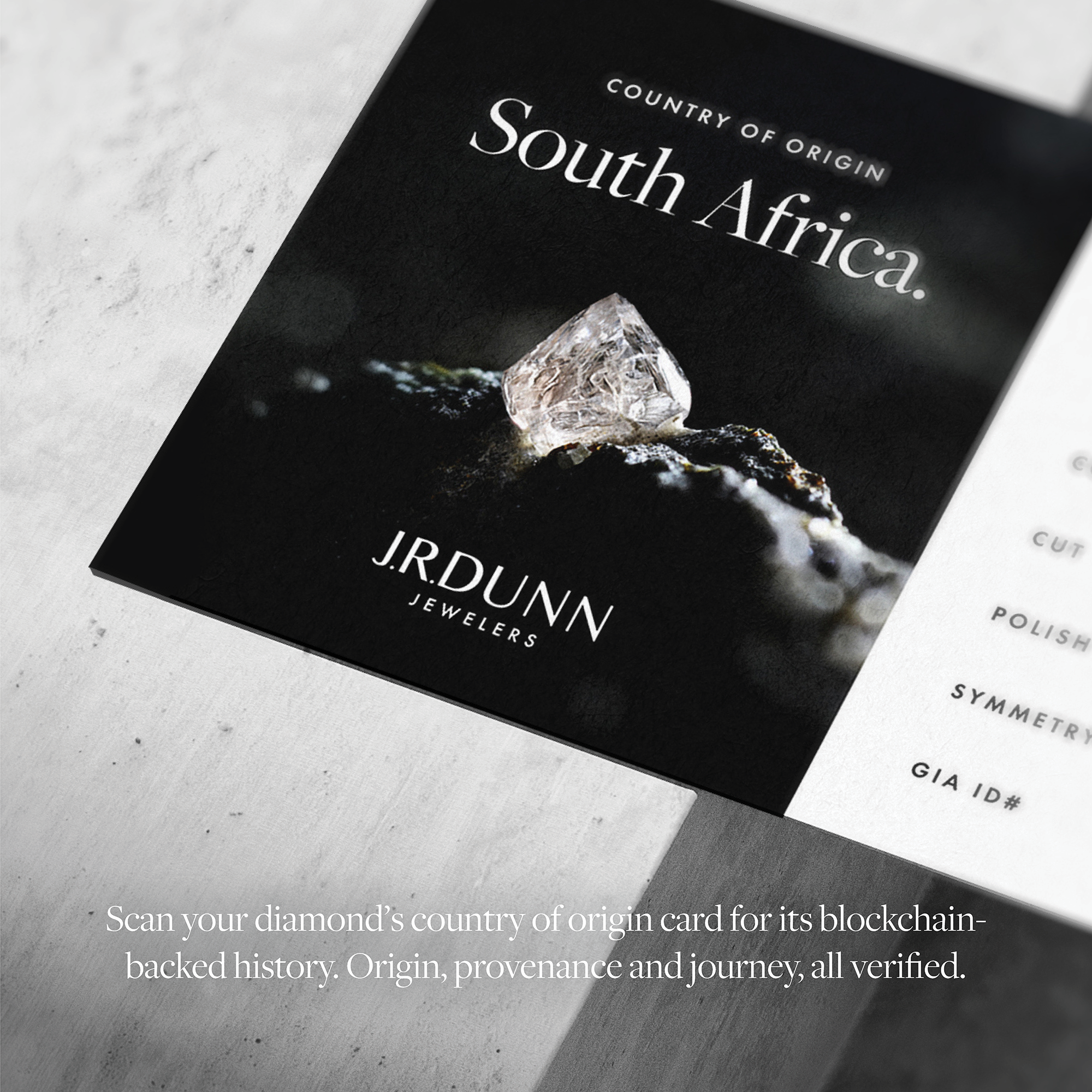
From Single Source™ to Origin
Then the stars began to align. More and more diamonds were coming online with a single country of origin. We started to build a story around them — positioning these traceable stones as the ethical choice through a campaign we called Single Source™. Our team loved the challenge of bringing this new offering to market. And because of that passion for traceable naturals, J.R. Dunn Jewelers was invited to join the launch of Origin Diamonds by De Beers Group.
Our team, including Lisa, our once-skeptic turned believer — along with our Diamond Buyer and Marketing Director, traveled to JCK Las Vegas to experience the unveiling firsthand. We visited the pavilions, captured the buzz, and heard President Duma Boko speak about what diamonds mean to Botswana’s people and future. Our team also attended a panel discussion on Unlocking Transparency in Diamond and Jewelry Traceability, featuring Pat Dambe, Director of Marketing for Diamond Hub. It was from her that we first heard the phrase “Diamond Baby” — a symbol of the next generation born from the prosperity and purpose of diamonds.
Around that same time, I connected with Ada Thela of Zoe Diamonds, whose story exemplified everything we’d been building toward: traceability, humanity, and truth.
What Comes Next
This is just the beginning — and the next chapter is already being written. The world is overdue for the real story behind natural diamonds — one of transparency, empowerment, and shared humanity. It’s not a perfect industry, and we don’t pretend it is. There’s still important work to be done, especially on the artisanal side. But by supporting natural diamonds, we aim to expand opportunity for the people and communities who live where diamonds are a natural resource — turning beauty into a force for progress.


